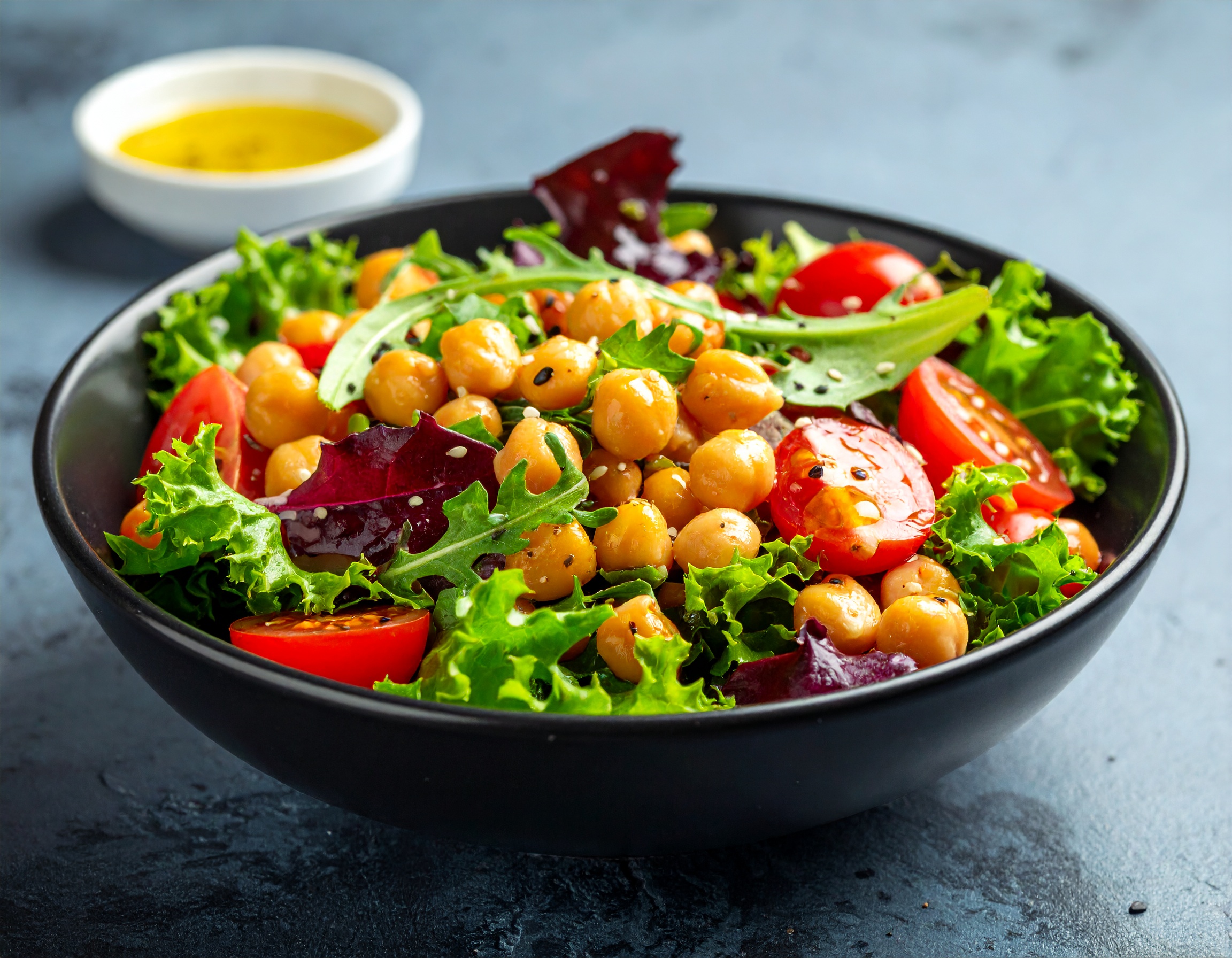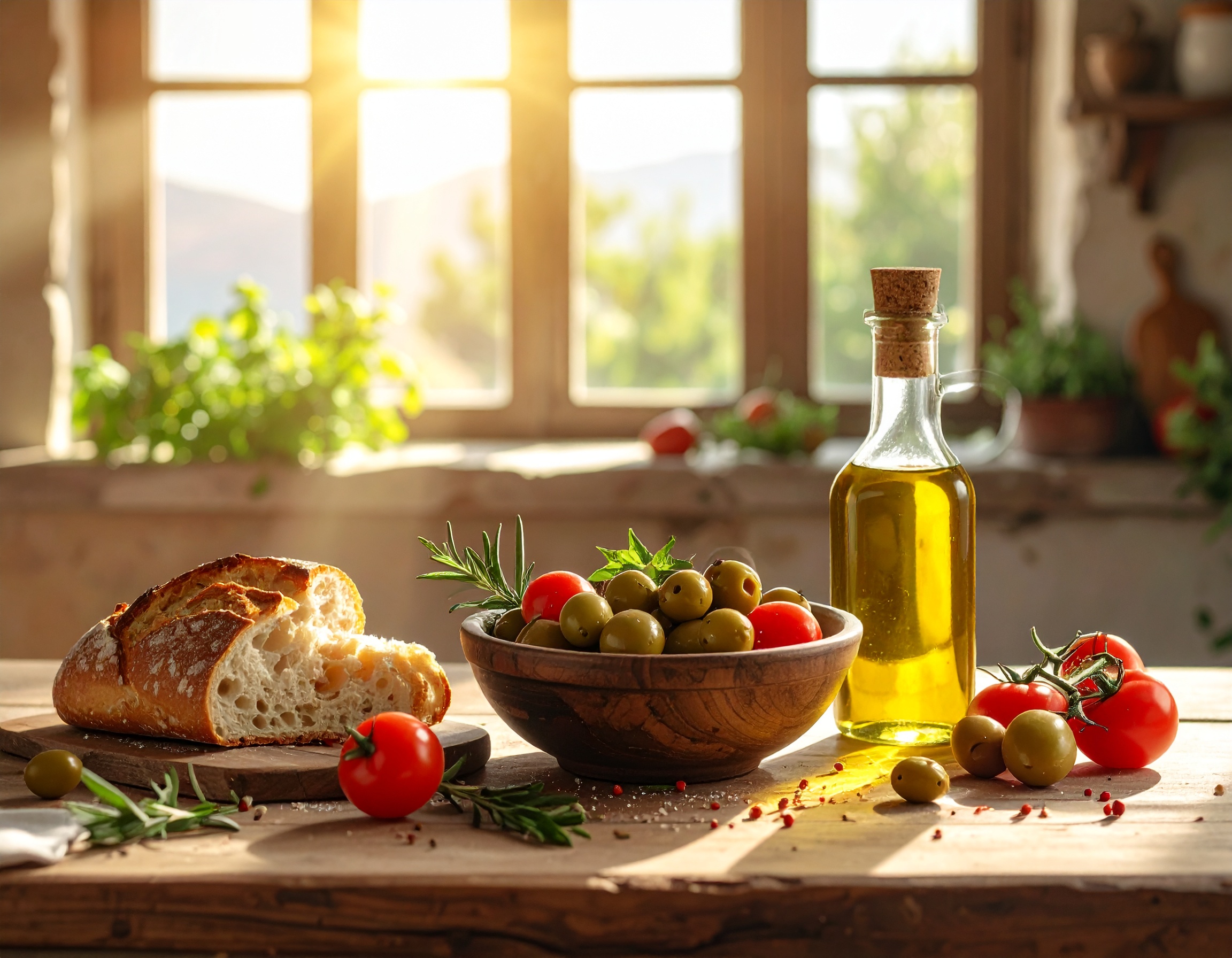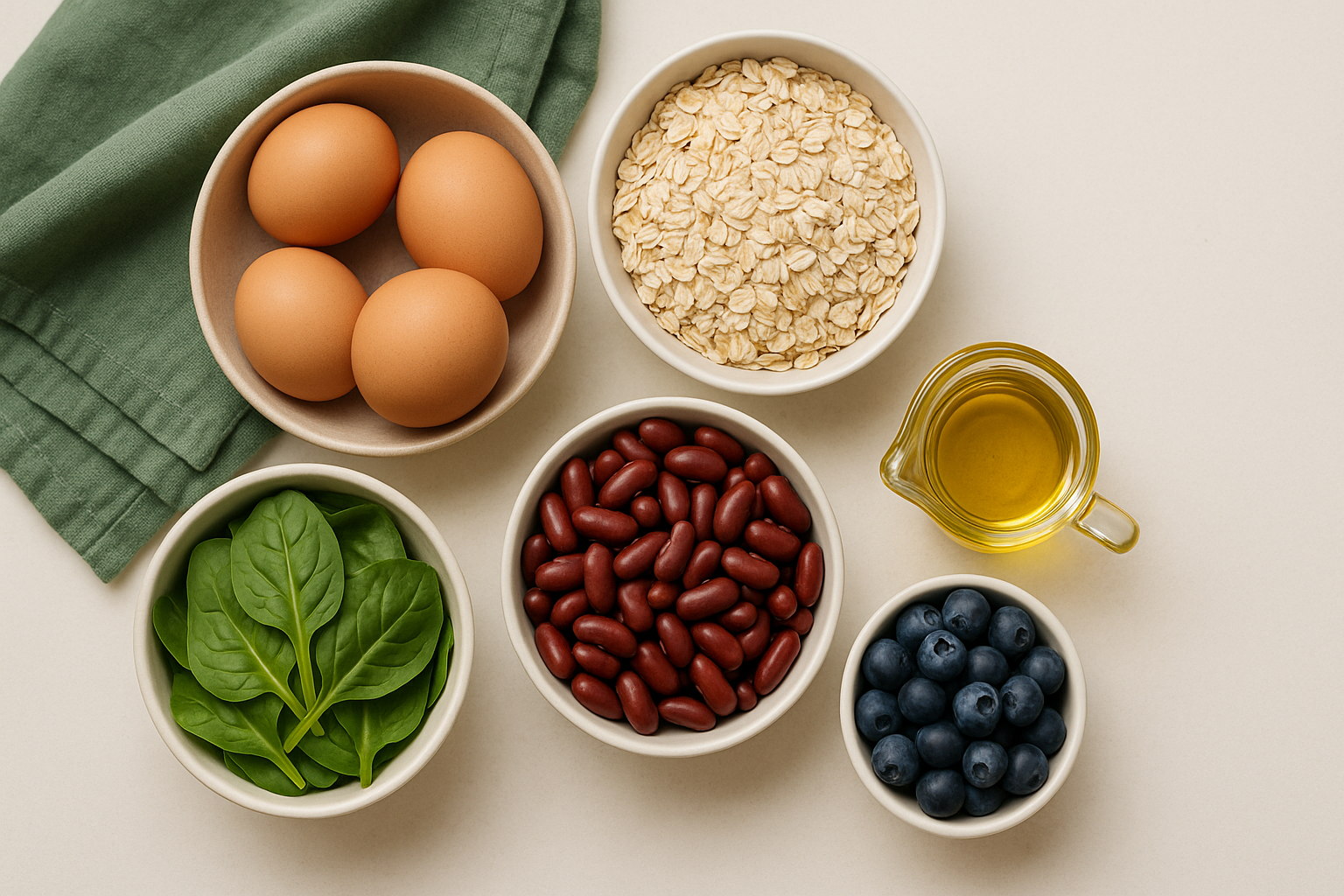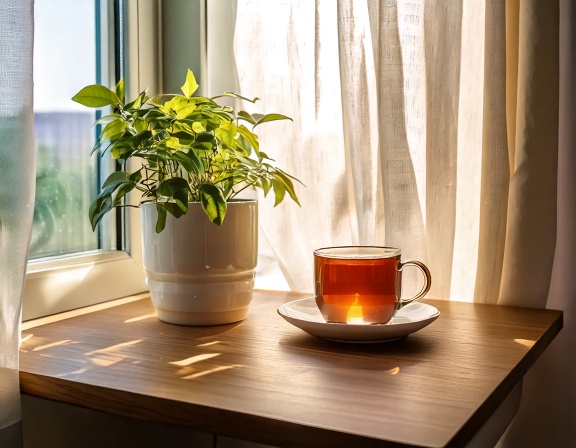The Mediterranean pattern is less a strict diet and more a way to stock your kitchen. Its effects show up in small places: steadier energy, easier sleep, and meals that work whether you cook alone or feed friends.
Core pattern
Build most meals from plants—vegetables, beans, whole grains, fruit, nuts, and olive oil. Add fish or lean poultry a few times per week, fermented dairy if you enjoy it, and herbs for flavor. Sweets and fried foods become occasional.
What people notice first
Many feel fuller on fewer calories because fiber and water live in plant-forward meals. Evening heartburn may ease when big, late heavy meals shrink. Sleep improves when alcohol is modest and dinners are earlier.

One simple week
Rotate a bean dish, a fish night, a whole‑grain bowl, and a big salad with a hearty add‑on. Keep olives, feta, lemon, and herbs on hand to make fast flavor. Bread is fine—pair it with olive oil and a protein instead of butter and jam.
Social ease
This pattern travels well. At a restaurant, look for grilled, roasted, or baked mains; add a vegetable side; keep fried starters as a shareable extra. At home, make a big tray of roasted vegetables once and remix it for three meals.
%252520coming%252520out%252520of%252520an%252520oven%252520by%252520homem%252520493146.jpeg)
Takeaway
Mediterranean is sustainable because it tastes good and doesn’t ban entire food groups. It changes your environment first—your habits follow.
















